NeXT
Veteran Member
That's "Read The Fscking Schematic.

So my current major project was completing a new wire harness that linked a PDP-11 to an external disk drive. DEC used some funky four conductor coax cables with odd molded bulkhead connections that just screamed "destroy me" to the recycler I got it all from. Needless to say the bulkheads and 95% of the cable was missing.
It was a from-scratch job since I knew I couldn't get new cables. At first we were all told we needed to have the wires to be in a specific ohm range. Nobody said why. We just did it. The result was we all used the coax cables out of VGA monitor cables. Since I had to also make new bulkheads there was a lot of work involved.
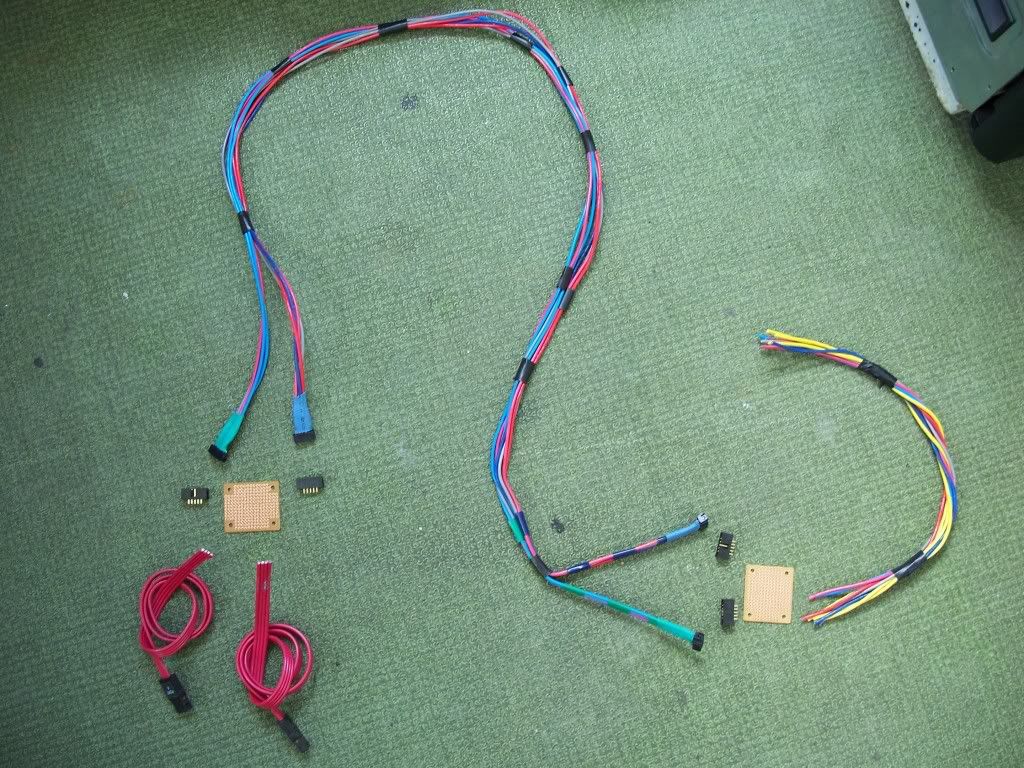
The cable was a pain in the dick to make. By god I hope I never ahve to do something similar ever again.
Then halfway through the build someone had an awesome idea to use cat5 because it worked. I gave up on it for a few months. When I got back to the cable I was still under the assumption that there was STILL a reason for me to continue using coax and if that was the case, it seemed wrong to use Cat 5. With research I noticed that the SDI cabling loked closely similar to the much newer SATA and ESATA cables.
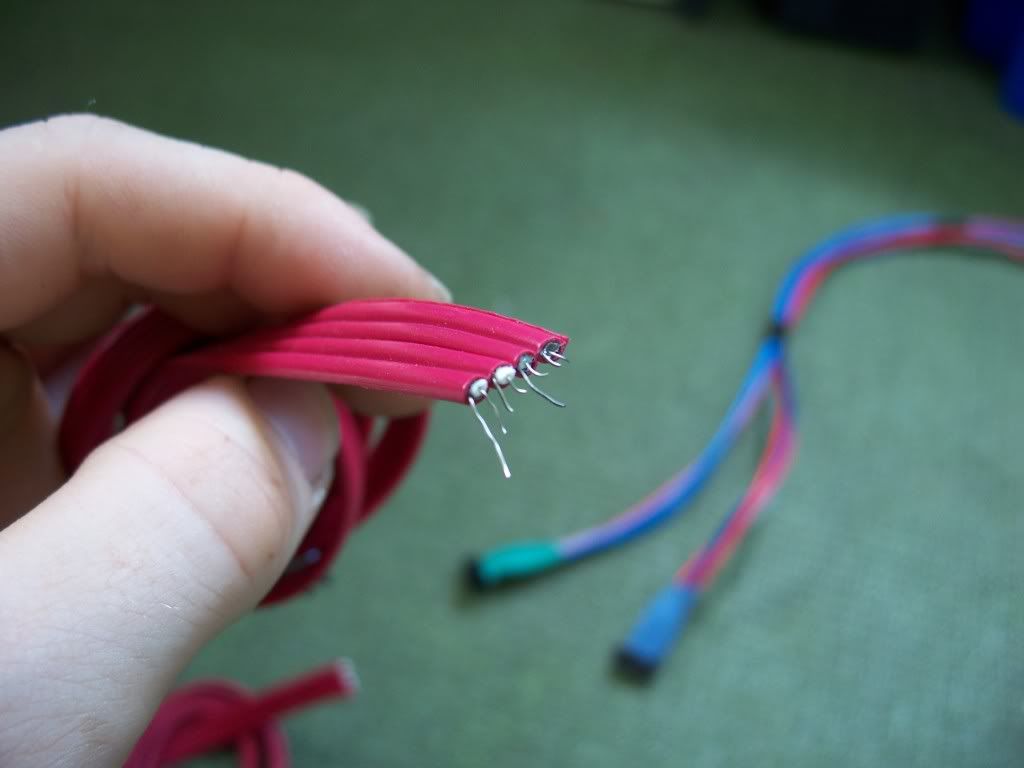

The only difference is that on SDI cables the coax shields are separated from eachother in the red sheath. In SATA you lose a ground wire and the remaining three are grouped together. I didn't think much of it because if it was shielding it would all be going to ground anyways on either end. That aside, the SATA way was looking a lot easier so I bought the parts, committed to getting new bulkhead plates stamped and cut and mocked it all up to ensure it was going to work.
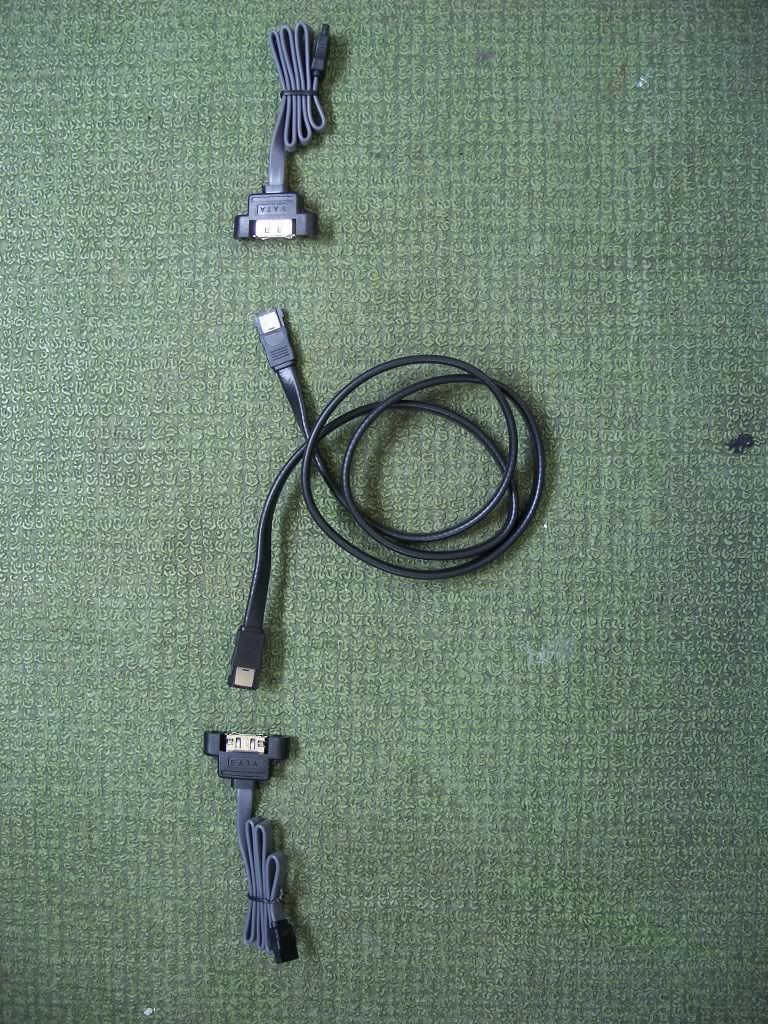
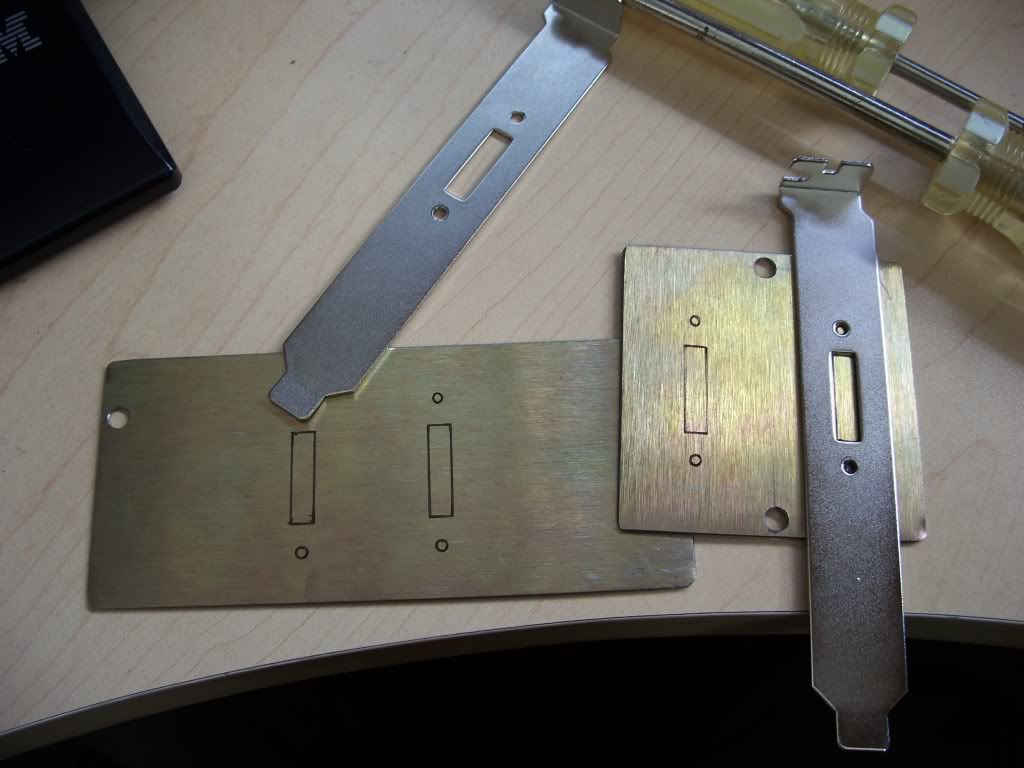
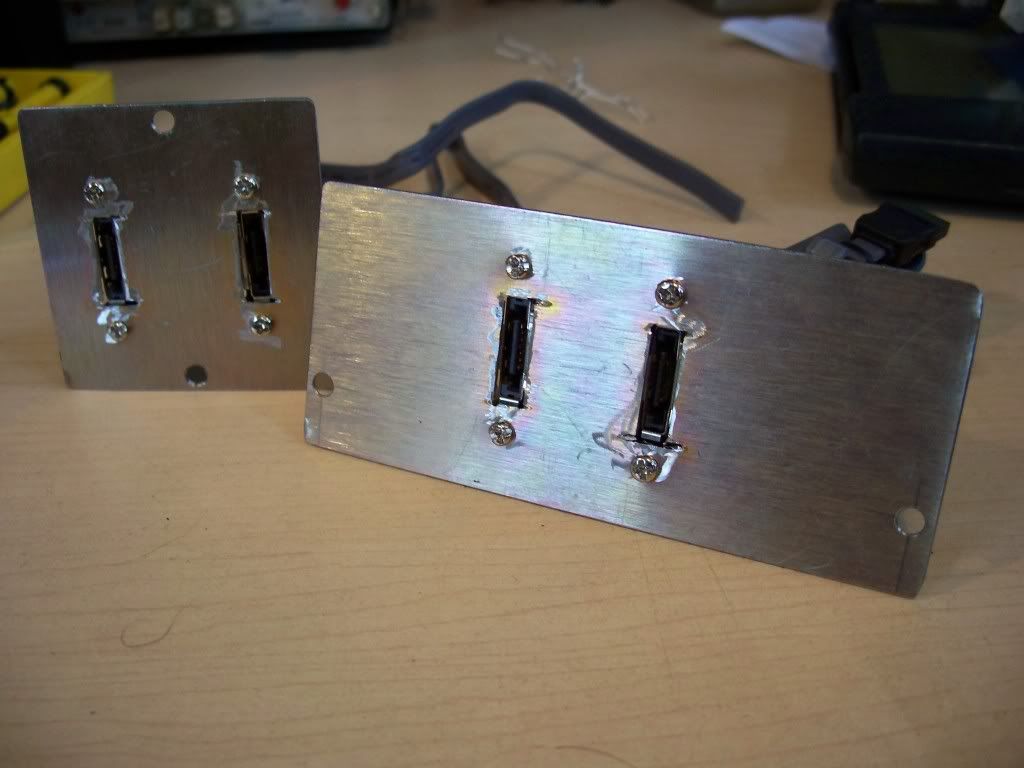
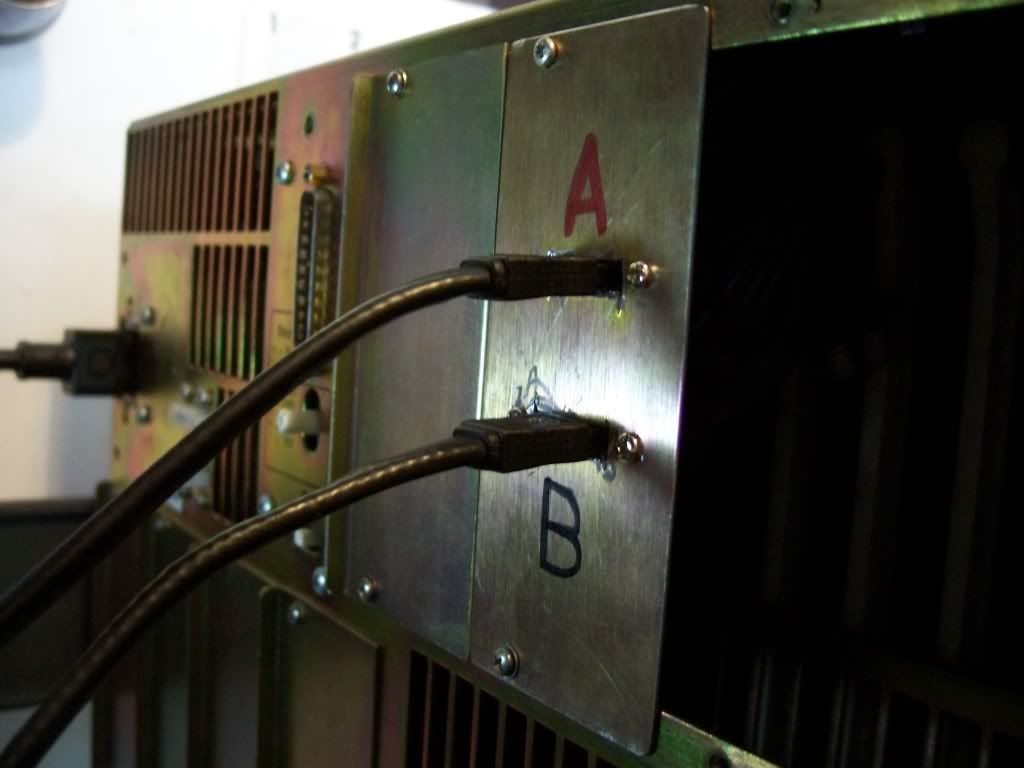
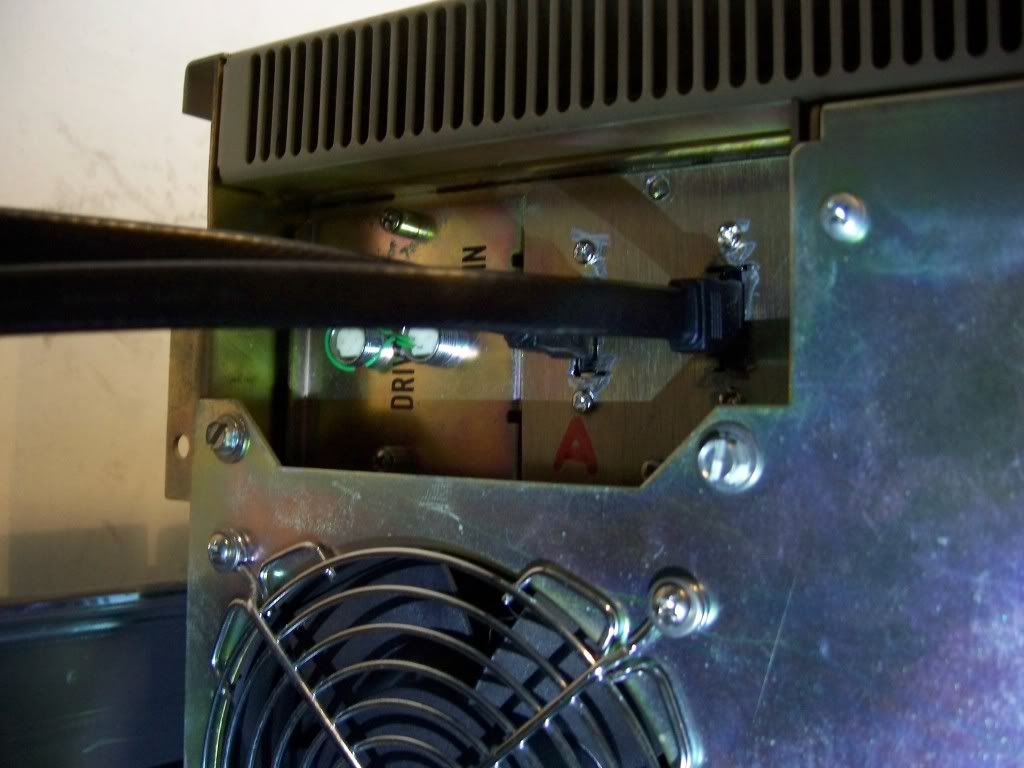
It was all looking pretty good. Last thing to do was make the connections.
It was at this point I actually looked into the schematics for the UDA50 and....
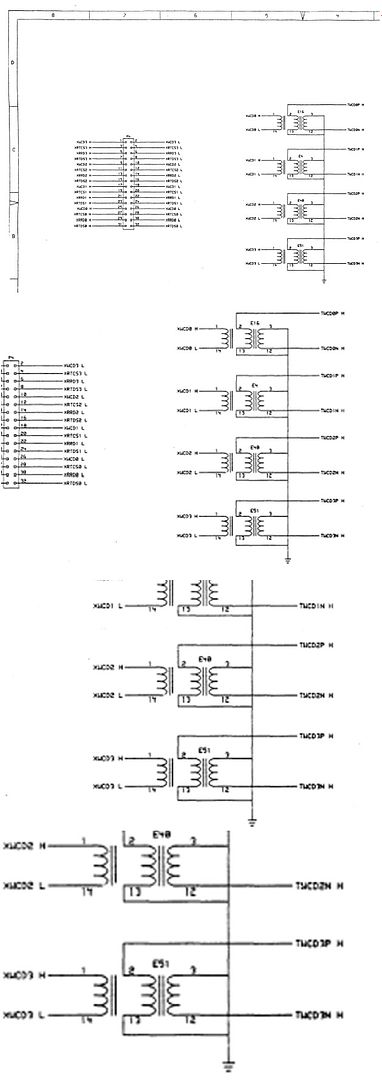
:killcomputer:
Wait, what? You used the shield for the low signal conductor? Why? Was it that hard to use regular cable then?
It was then I realized why exactly the other people used Cat5: It worked and it was foolproof.
Oh well, lesson learned here is that if it looks like it will work, read the schematic again.
So my current major project was completing a new wire harness that linked a PDP-11 to an external disk drive. DEC used some funky four conductor coax cables with odd molded bulkhead connections that just screamed "destroy me" to the recycler I got it all from. Needless to say the bulkheads and 95% of the cable was missing.
It was a from-scratch job since I knew I couldn't get new cables. At first we were all told we needed to have the wires to be in a specific ohm range. Nobody said why. We just did it. The result was we all used the coax cables out of VGA monitor cables. Since I had to also make new bulkheads there was a lot of work involved.

The cable was a pain in the dick to make. By god I hope I never ahve to do something similar ever again.
Then halfway through the build someone had an awesome idea to use cat5 because it worked. I gave up on it for a few months. When I got back to the cable I was still under the assumption that there was STILL a reason for me to continue using coax and if that was the case, it seemed wrong to use Cat 5. With research I noticed that the SDI cabling loked closely similar to the much newer SATA and ESATA cables.


The only difference is that on SDI cables the coax shields are separated from eachother in the red sheath. In SATA you lose a ground wire and the remaining three are grouped together. I didn't think much of it because if it was shielding it would all be going to ground anyways on either end. That aside, the SATA way was looking a lot easier so I bought the parts, committed to getting new bulkhead plates stamped and cut and mocked it all up to ensure it was going to work.





It was all looking pretty good. Last thing to do was make the connections.
It was at this point I actually looked into the schematics for the UDA50 and....

:killcomputer:
Wait, what? You used the shield for the low signal conductor? Why? Was it that hard to use regular cable then?
It was then I realized why exactly the other people used Cat5: It worked and it was foolproof.
Oh well, lesson learned here is that if it looks like it will work, read the schematic again.
